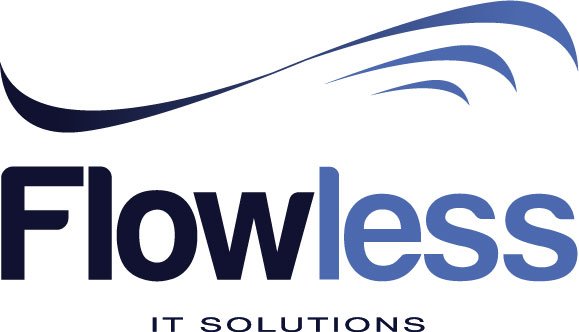Translated from Japanese word muda means “wastefulness; uselessness”. Any part of your process that doesn’t provide value can be called a wasted activity, or muda. It has two types:
• Type I Muda is a task which doesn’t provide value, but at the same time, it can’t be eliminated, because that would affect other processes
• Type II Muda is an activity which provides no value, and also can be eliminated. The goal is to detect and eliminate as much of such waste as possible.
The idea of muda is that useless activities should be avoided as they are wasting money and resources. This concept is often used in manufacturing when talking about minimizing the waste of production, but muda is also applicable to other industries, such as software development.
7 Muda Waste Categories
Transportation
A lot of waste can be eliminated by business optimizing their transportation and logistics. A lean manufacturing business would use this principle to plan the details transporting products, carefully plan routes etc. This can be interpreted in different ways and applied to different industries, but the general rule is to avoid too much movement which unnecessarily wastes energy.
Inventory
Whether in pre-manufacturing phase or finished products, inventory here stands for value which hasn’t yet been delivered to a customer, therefore it is considered wasteful. There is an obvious application of this principle in industries that produce goods, but it can also be meaningful to agile developers. An example can be creating code not requested by a paying customer. Since it doesn’t work to increase the revenue of the business, it may be considered waste.
Defects
This is one of the most obvious ways of wasting, as defects always result in loss of money, and additional energy needed to resolve the issues. Repairing physical product defects is a common problem for manufacturers.
Waiting
Any product that is not being sold, shipped, or otherwise transported to the consumer, is waiting. This doesn’t produce any increase in business value. In software development, this could mean programmed delays.
Motion
This category refers to waste that occurs due to the physical movement of items. Motion waste can happen in many different circumstances, including product handling, machines wearing down due to too much intense usage.
Over-processing
Anything you do, that has not been required by the client is unnecessary as it isn’t what is being paid for. This happens a lot when businesses don’t fully understand the needs of their client and create unnecessary features.
Over-production
Producing an excessive amount of products is another version of muda activity. It is likely to lead to too much inventory. Anything that is above of the required number may result isn’t immediately adding to business value, thus, it is also to be avoided.
To avoid unnecessary energy expenditure and money loss businesses should apply lean methodologies to their operations. The best practice to eliminate muda in manufacturing, agile development, retail, or any other industry to plan, test, and review the processes carefully and on a regular basis. Most muda can be successfully avoided with these diligence tactics in place.
–Slimane Zouggari
